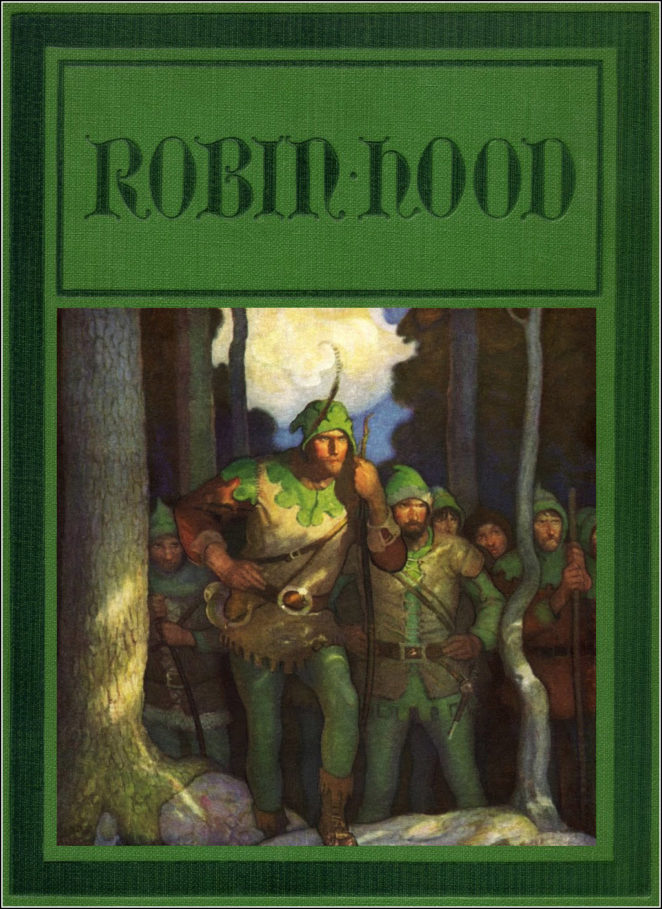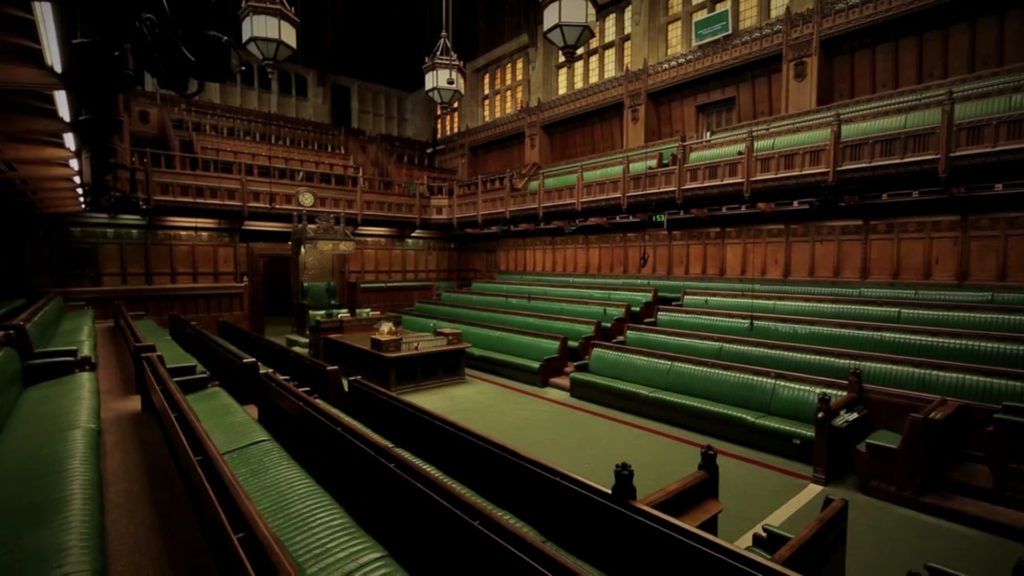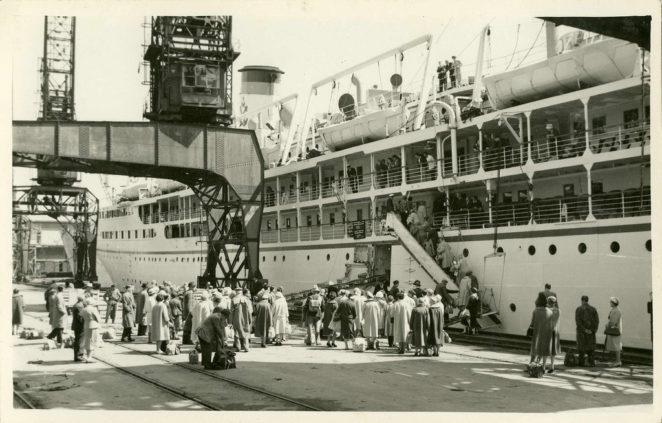
Can a crime ever be justified? Can an illegal act ever be a
morally correct one? That is a question that can arise in many circumstances,
and here are a few that might be worth pondering.
The gentleman thief
There have been many accounts written about highwaymen of
old who behaved with every courtesy towards their victims as they robbed them.
Women were not harmed or abused in any
way and the victims were only robbed of money and goods that they were unlikely
to miss for long, being extremely wealthy in the first place. This was supposed
to be the case with Dick Turpin, although an error by one particular author
(the 19th century novelist William Harrison Ainsworth) confused
Turpin with another highwayman from an earlier time.
However, the point was that it was possible to be both a
thief and a gentleman – but was the act of theft, however considerately carried
out, justifiable in any way from a moral perspective? Most people would
probably say No.
Robin Hood
Stories about Robin Hood – which may have a modicum of truth
about them, but are almost certainly fictional in most respects – tell of a
leader of a gang of outlaws who “robbed the rich to give to the poor”. That is
in itself a moral dilemma – is the crime justifiable if the criminal is not the
chief beneficiary? Is it more justifiable if the victim can easily afford the
loss?
What about if the victim had taken the money from the poor
in the first place? That is the theme of many of the Robin Hood stories – the
wicked Sherriff of Nottingham taxing poor people to the hilt on the orders of
even more wicked Prince John, then Robin Hood waylaying the bullion carts and
returning the cash to the peasants. Where does the moral judgment fall under
these circumstances?
(An added factor in this story, which is rarely discussed, is that the reason for the heavy taxation was the need to raise money to pay the "king's ransom" - John's brother, King Richard, could only be freed from his captivity in Austria if a huge sum of money was paid, and that was where the bullion raided by Robin Hood and his companions was destined to go. The irony is that the outlaws claimed to be fighting on behalf of King Richard, whose release they were unwittingly causing to be delayed!)
The same dilemma presents itself in the TV comedy drama
Hustle – a team of con-artists devise complicated scams to deprive rich people
of their cash, but only when those people have obtained their wealth by dubious
means in the first place. The hustlers always make sure that people who have
been swindled by their “marks” are paid back every penny they have lost,
although we must also assume that this is how our heroes make their living, so
their motives are mixed.
Is it immoral to right a wrong if you have to break the law
in order to do so?
Grenfell Tower
On 14th June 2017 a 24-storey residential tower
block in North Kensington, London, was gutted by fire. 80 people were killed
and more than 250 people were made homeless. The block was occupied by people
at the lower end of the social scale, but the block was managed by an agency of
the wealthiest borough in the whole of the United Kingdom, namely Kensington
and Chelsea.
Within the borough there are many examples of properties, some
worth millions of pounds, that are owned by extremely wealthy people – many of
them based abroad – who treat their property portfolio purely as an investment.
They do not live in their Kensington apartments, neither do they rent them
out.
In other words, many families who lived in Grenfell Tower had to be accommodated in single hotel rooms on a bed-and-breakfast basis
while – only a mile or so away – any number of perfectly serviceable flats lay completely empty.
Some people have suggested that these empty flats should have been requisitioned and handed over to former residents of Grenfell Tower. That would
be illegal, because it would violate the ownership rights of the Russian
oligarchs and others whose names are on the title deeds, but would it be the
right thing to do from a moral perspective?
On the face of it, requisitioning these properties would
sound like the obvious thing to do. Here you have people who have lost
everything they have, through absolutely no fault of their own, being forced
into grossly inadequate accommodation. They could be rehoused on a temporary
basis very easily if the council was prepared to break the law. I find it hard
to see that there is any moral dilemma here at all – taking over the oligarchs’
flats sounds like a no-brainer of an idea – but it simply didn’t happen, because
the wealthy councilors of Kensington, whose penny-pinching policies contributed
to the fire disaster in the first place, were scared stiff of being sued by the
even wealthier chums of Vladimir Putin, whose purchases of London properties
are often a thinly-veiled way of laundering the proceeds of their own
crimes.
What chance does morality have when it is countered by big
money? Very little!
What do you think? Is there not a good case for acting
contrary to the law of the land when to do so would be morally correct? Or is
it better to always play safe and stick to the rules?
© John Welford













